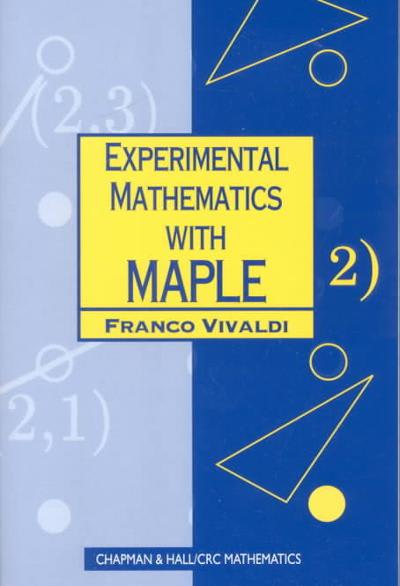Question
HELP!! I really need help on this questions below it is 1 whole assignment with this questions below, I didn't have any post questions left
HELP!! I really need help on this questions below it is 1 whole assignment with this questions below, I didn't have any post questions left that's why I put it together, really need this by 4 hours l've to submit please help me with those two graph to answer and all questions below correctly please you can zoom in and able to see questions clearly please also draw perfect two graphs to answer and I do really appreciate and thankful for your time and hardwork to help me out, but please help me I have 4 hours left and no questions left to post :)

Step by Step Solution
There are 3 Steps involved in it
Step: 1

Get Instant Access to Expert-Tailored Solutions
See step-by-step solutions with expert insights and AI powered tools for academic success
Step: 2

Step: 3

Ace Your Homework with AI
Get the answers you need in no time with our AI-driven, step-by-step assistance
Get Started



